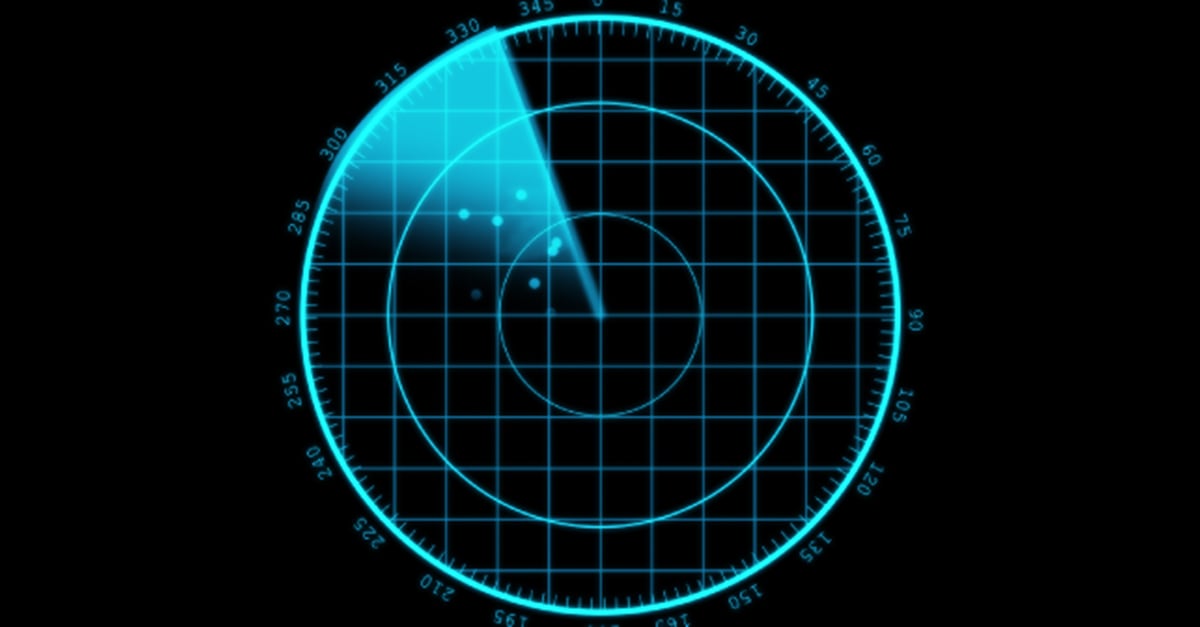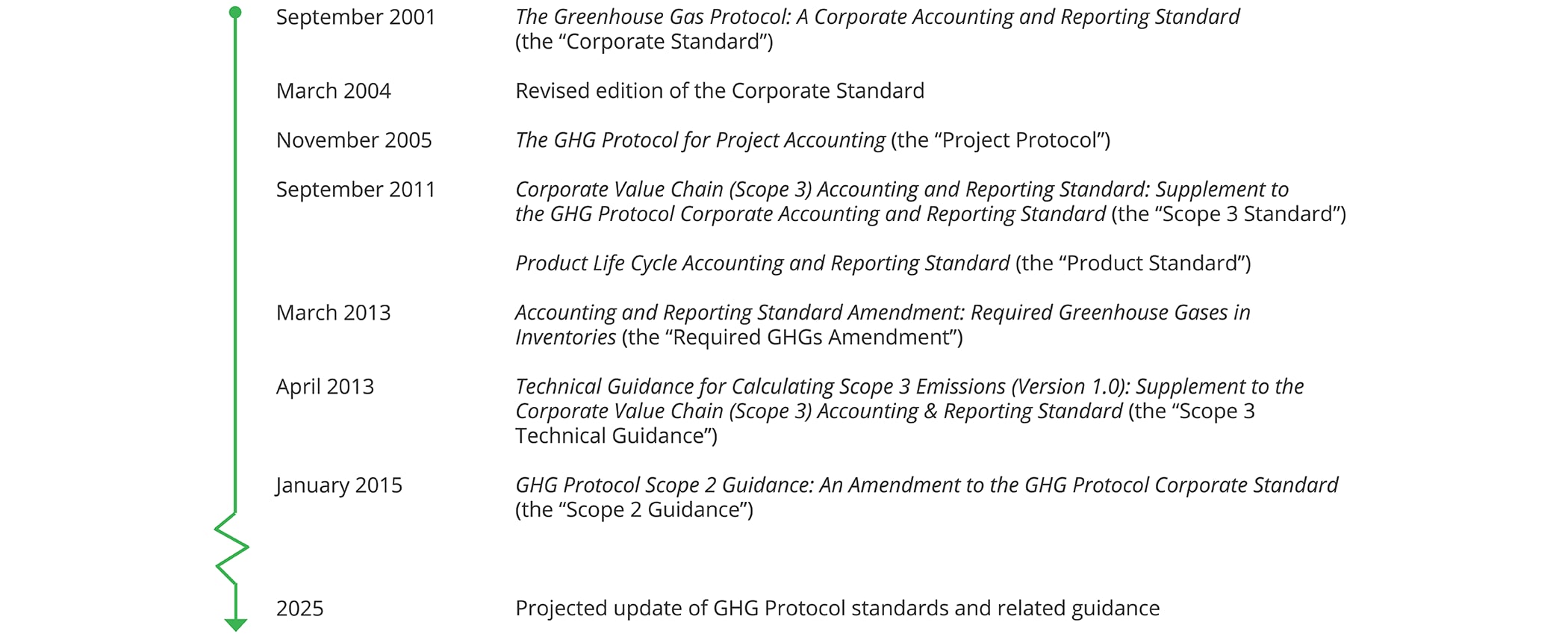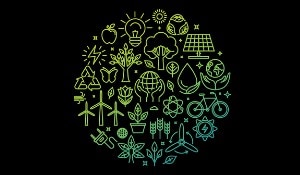Accounting for GHG emissions has been saved

Perspectives
Accounting for GHG emissions
On the Radar: Greenhouse gas protocol reporting considerations
Explore our new roadmap publication to understand key issues in GHG emissions accounting and reporting under the GHG Protocol. Get guidance on how to classify GHG emissions into scopes 1, 2, and 3; define your company’s organizational boundary; and set GHG emissions targets as the landscape evolves.

The Greenhouse Gas (GHG) Protocol is a set of standards and related guidance on accounting for and reporting GHG emissions. Its ongoing development, which has spanned more than two decades, represents the work of a multistakeholder partnership (the “GHG Protocol organization”) consisting of businesses, nongovernmental organizations (NGOs), governments, and other entities convened by the World Resources Institute (WRI), a US-based environmental NGO, and the World Business Council for Sustainable Development (WBCSD), a Geneva-based coalition of nearly 200 international companies. The timeline below illustrates the issuance dates of key GHG Protocol standards and related guidance.

The GHG Protocol provides a framework for companies and other types of organizations preparing a GHG emissions inventory. Specifically, it addresses the accounting for and reporting of seven GHGs: carbon dioxide (CO2), methane (CH4), nitrous oxide (N2O), hydrofluorocarbons (HFCs), perfluorocarbons (PFCs), sulfur hexafluoride (SF6), and nitrogen trifluoride (NF3).
Learn more about calculating for GHG emissions
Deloitte’s Roadmap Greenhouse Gas Protocol Reporting Considerations discusses how companies account for and report GHG emissions under the GHG Protocol.

Let's talk!
Recommendations
A landmark decision for climate disclosure requirements
Heads Up: An analysis of the SEC’s ruling on climate-related risks
Sustainability regulation: A catalyst for transformation
ESG regulations are driving business opportunity and risk





